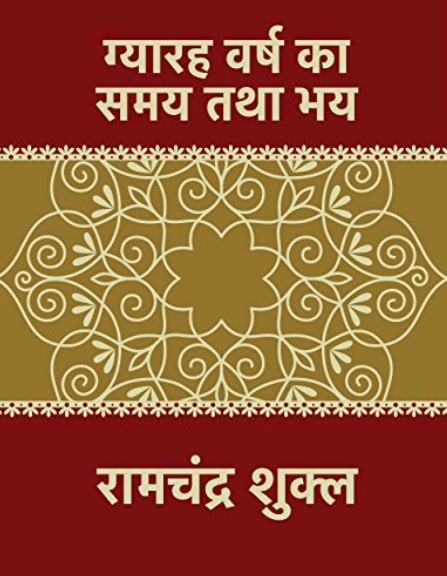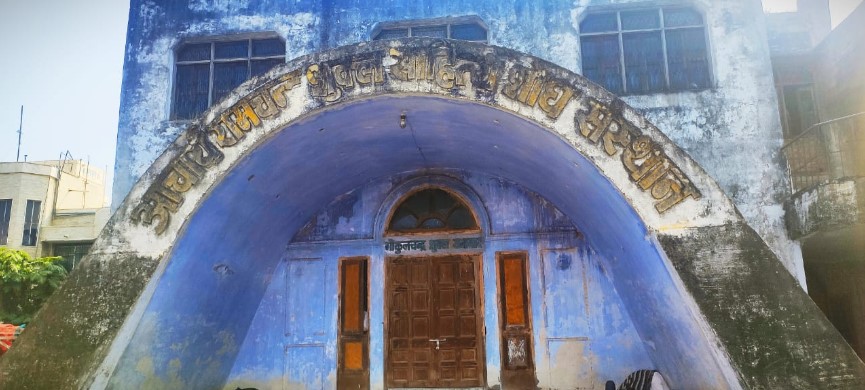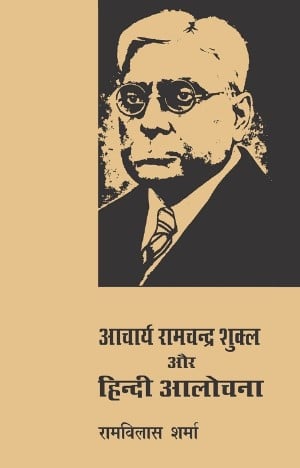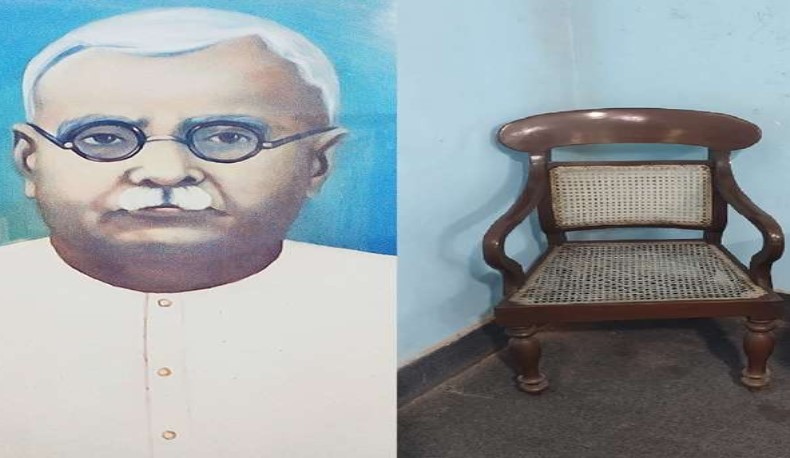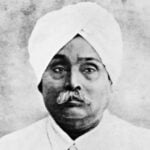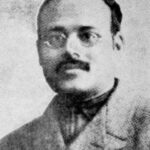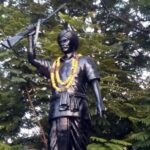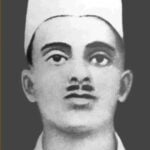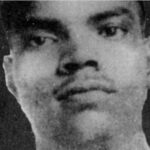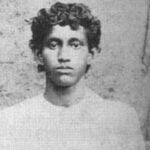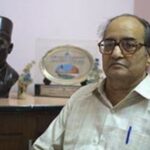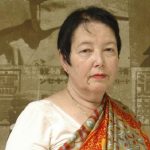Ramchandra Shukla Age, Death, Wife, Children, Family, Biography & More
Quick Info→
Age: 56 Years
Hometown: Basti, North-Western Provinces, British India
Wife: Savitri Devi
| Bio/Wiki | |
|---|---|
| Name earned | Acharya Shukla [1]Hindi Kahani |
| Other name | Acharya Pandit Ramchandra Shukla [2]Drishti IAS |
| Professions | Writer, Essayist, Scholar, Historian, Novelist, and Critic |
| Known for | Being the codifier of the history of Hindi literature in a scientific system |
| Physical Stats & More | |
| Eye Colour | Black |
| Hair Colour | Grey |
| Career | |
| Notable Book | Hindi Sahitya Ka Itihaas (1928)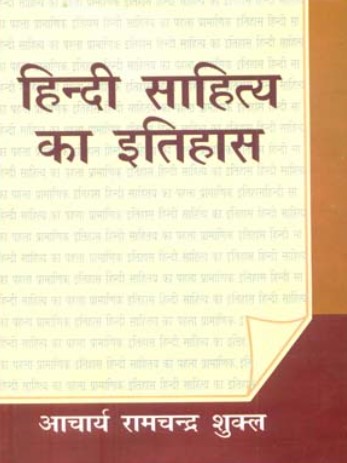 |
| Awards, Honours, Achievements | • He was the recipient of rupees 500 by the Hindustani Academy for his writing 'Kavya Men Rahasyavad.' • He was the recipient of the Mangala Prasad Paritoshik award of rupees 1200 by the Hindi Sahitya Sammelan Allahabad for his writing 'Chintamani.' |
| Major Works | Under the editorship of Kusum Chaturvedi, Acharya Shukla Sansthan has published his following works: • Nirala Aur Nazrul Ka Rashtriya Chintan • Nirvachit Prabandh Sankalan • Sadi Ke Ant Mein Hindi • Naya Mandand (research journal in Hindi) |
| Personal Life | |
| Date of Birth | 4 October 1884 (Saturday) |
| Birthplace | Basti Agona, North-Western Provinces, British India |
| Date of Death | 2 February 1941 |
| Place of Death | Benares, Benares State, British India |
| Cause of Death | Heart Attack [3]Jagran |
| Age (at the time of death) | 56 Years |
| Zodiac sign | Libra |
| Nationality | Indian |
| Hometown | Basti Agona, North-Western Provinces, British India |
| School | Mission School, Mirzapur |
| Educational Qualifications | • Hindi, English, and Urdu at his house from qualified teachers • 1898: Passed his Middle school • High school education at Mission School, Mirzapur [4]Gyan Ki Book • Fine Arts [5]Bharat Darshan |
| Religion/Religious Views | Hinduism [6]IAL |
| Caste | Brahmin [7]India Today |
| Relationships & More | |
| Marital Status (at the time of death) | Married |
| Family | |
| Wife/Spouse | Savitri Devi |
| Children | Sons- 2 • Keshav Chandra • Gokul Chandra Daughters- 3 • Vidhya • Durgavati • Kamla Great-Granddaughter- Dr Mukta (writer) Great-Grandson- Dr Manjit Chaturvedi (writer) |
| Parents | Father- Chandrabali Shukla [a Revenue Inspector (Kanoongo)] Mother- Vibhasee Devi |
Some Lesser Known Facts About Ramchandra Shukla
- Ramchandra Shukla (1884- 1941) was an Indian historian of Hindi literature. He is credited as being the first in history to codify Hindi literature utilising scientific methods and few resources while doing extensive empirical research. He is primarily known for being the author of Hindi Sahitya Ka Itihaas (1929) and one of the greatest littérateurs of the 20th century.
- Before attending high school at the Mission School in Mirzapur, Ramchandra Shukla received education in Hindi, English, and Urdu at home from qualified teachers. After that, he moved to Prayagraj (then known as Allahabad) for further studies. During this time, he wrote and published some of his literary works and experiences.
- In his childhood, his family moved to Mirjapur district in Uttar Pradesh because his father got a posting there. Shukla’s mother passed away in 1893. He always had a strong desire for education since childhood, but he didn’t have the opportunity to attend school regularly. Still, he managed to pass the entrance exams for F.A. (Fine Arts). His father wished for him to work in the Tehsil (local administrative office), but Shukla had bigger dreams of pursuing higher education. Eventually, his father sent him to Allahabad to study law, but Shukla was more interested in literature (Sahitya) than in law. Ramchandra Shukla struggled to succeed in law studies. Despite his father’s efforts to settle him in the Tehsil, it was clear that Shukla was not interested in that path.
- In 1893, when Ramchandra Shukla and his parents arrived in Mirzapur, they heard about Swami Vivekananda‘s religious achievements, which were well-known all over India. Shukla was influenced by Swami, and eventually, his fascination shifted towards philosophy, and he decided to study it. As a result, even before he took his final school exams in 1899, he had already completed a Hindi translation of “The Essays on Imagination.”
- Ramchandra Shukla began publishing his written essays in different newspapers and magazines after getting a job as a teacher in the Mission School in Mirjapur district. Many of his literary essays were featured in Saraswati magazine and were admired by many literature enthusiasts. His significant contributions to Hindi Sahitya were deeply appreciated, and he became well-known for his exceptional writings. He then started gaining popularity among readers.
- Shukla began his literary journey with a poem and an article called “Prachin Bharatiyoin Ka Pahirava” in Hindi. At the age of 17, he wrote his first published essay in English titled “What Has India to do.” As a young boy, he was deeply inspired by Swami Vivekanand‘s appearance at the Chicago event.
- In 1908, Ramchandra Shukla was asked to edit a multi-volume Hindi dictionary called “Hindi Sabda-sagar” by the Kashi Nagari Pracharini Sabha. He held the position of heading the Hindi Department at Kashi Hindu University for a significant period.
- Later, Ramchandra Shukla began teaching Hindi at Banaras Hindu University (BHU). After the passing of Babu Shyam Sunder Das, he was appointed as the head of the Hindi department (Adhyachha). Meanwhile, Acharya Ramchandra Shukla was involved in completing the extensive dictionary (Shabd Sagar) by gathering words from the streets and the everyday language of Kashi. At that time, Banaras Hindu University (BHU) required a distinguished Hindi scholar. Upon the special request and financial persuasion of the founder, Pandit Madan Mohan Malviya, he agreed to take up the position and was appointed as Professor of Hindi in 1919 without an interview. In 1937, Ramchandra Shukla was appointed as the head of the Hindi department in BHU during Malaviya’s tenure.
- In 1921, driven by anti-imperialism sentiments, Ramchandra Shukla penned “Non-co-operation and Non-mercantile Classes of India,” aiming to explore the struggles of Indian classes within the context of a colonial and semi-feudal economy.
- Shukla’s work explores the origins of Hindi poetry and prose from the 6th century and its evolution through different periods. It covers the influence of Buddhist and Nath schools, as well as the contributions of medieval poets like Amir Khusro, Kabirdas, Ravidas, and Tulsidas. The journey of Hindi literature continues to the modern era and is represented by the realism of writers like Nirala and Premchand.
- Although not a regular storyteller, he wrote a long Hindi story titled “Gyarah Varsh Ka Samay” in 1930 to encourage original writing.
- His collection of original poems, “Madhushrota,” reflects his deep longing for hills, rocks, waterfalls, crops, birds, and memories of his childhood. One of his famous works, “Sahitya ka Itihaas,” was later edited online by a group of renowned Hindi writers and translators, led by Dr. Suresh Kumar Mishra “Uratrupt, a writer and methodologist from Ranga Reddy, Andhra Pradesh. His composition “Hindi Sahitya ka Itihaas” is considered an authoritative piece of Hindi literature.
- Among his literary criticism works, one of the most popular essays is “Kavita Kya Hai,” where he beautifully explains poetry and its elements. This essay is part of his remarkable collection called “Chintamani,” which was initially published in two volumes and contained essays on various emotions like anger and hatred. Later, some of his previously scattered and unpublished essays were discovered and published as “Chintamani-3” revised by Namwar Singh, and “Chintamani-4” revised by Kusum Chaturvedi.
- Later, Ramchandra Shukla translated The Light of Asia by Edwin Arnold into Buddha Charit, a biography of Gautam Buddha written in Brij Bhasha verse, and The Riddles of the Universe by German philosopher Ernst Haeckel into Vishwa Prapanch in which he added his own thought-provoking introduction by contrasting the results with Indian philosophical systems.
- His works show that he didn’t limit himself to being a leading modernizer of the Hindi language, literature, and ideas. He also contributed to fostering a scientific outlook by translating and updating scientific and historical works. Moreover, Ramchandra Shukla developed a scientific approach to analyze literary works from different centuries, considering them as products of the socioeconomic and political conditions of their respective times.
- According to Ramchandra Shukla, genuine literature is not just about expressing human thoughts and feelings for its own sake. Instead, it should focus on “Lokmangal,” which means the progress of society where ordinary people hold utmost importance, and their hardships are seen as a reason for improvement. Literature, through its beauty and artistic qualities, should engage with the sufferings of the marginalized and disadvantaged and strive to liberate humanity from all forms of exploitation.
- Apart from being a writer, Ramchandra Shukla was an accomplished painter. Reportedly, he designed the layout of his own house.
- In 1972, a research institute called ‘Acharya Ram Chandra Shukla Sahitya Shodh Sansthan’ was established in his honour. It serves as a hub for various literary activities. This institute was founded based on the desire of his son, Gokul Chandra Shukla, and was built on land provided by the Varanasi local authority. Additionally, the state government of Uttar Pradesh provided financial assistance for constructing and developing the institute’s infrastructure.
- In 1973, renowned critic Dr Ram Vilas Sharma in his book ‘Acharya Ramchandra Shukla aur Hindi Alochana’ highlighted that Ramchandra Shukla was against feudal and courtly literature and believed that such literature did not accurately represent the lives of ordinary people and contemporary society.
- According to Hindi scholar and former BHU professor, Awadhesh Pradhan, during a time when Hindi was used merely as a language of communication by the British in universities like Allahabad and Calcutta, Acharya Shukla arrived at BHU. He took the initiative to create a well-organized course and study materials for Hindi, and he also wrote about the history of Shabd Sagar and Hindi literature. Through his efforts, Ramchandra Shukla elevated the significance and reputation of Hindi on the global stage.
- In 2018, Kusum Chaturvedi and Mukta created a documentary about Acharya Shukla for Doordarshan, and they also published his biography.
References/Sources:



